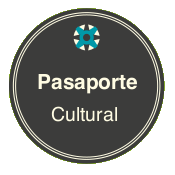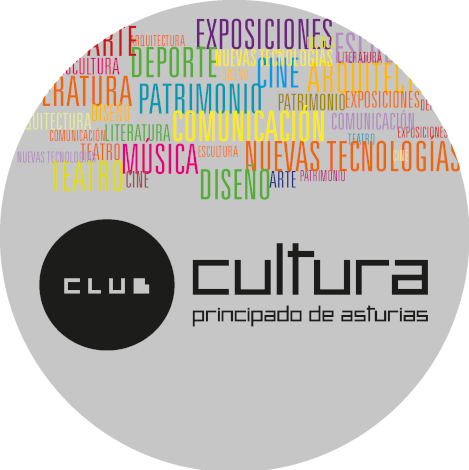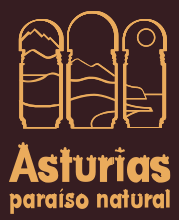The Magdalenian Society
The archaeological excavations have provided material evidence of intense human occupation of this cave in the Magdalenian age.
The Magdalenian hunter-gatherers were the creators of one the richest cultural phases of the Upper Palaeolithic in Europe. New tools and everyday objects such as spears, harpoons, spatulas, staffs, etc. evidence a vast cultural wealth.
The animal remains found on the archaeological sites reveal that hunting as well as gathering and fishing were basic activities, as shown by the magnificent harpoons found at Tito Bustillo and used by specialists as chronological and cultural markers.
Traditional tools and utensils long used in the Palaeolithic age for making clothes, such as scrapers and punches, continued to be made throughout the Magdalenian period, with the later innovation of bone needles.
Yet, the utmost creativity of the Magdalenian groups is not expressed in skilful toolmaking but in the making of adornments and decorated objects, whose purpose is unknown to us. A noteworthy discovery from the excavations conducted at Tito Bustillo in the 1970s is the sculpture-in-the-round of a goat’s head made from deer antler.
In 2001, over the course of the work carried out by the team under Rodrigo de Balbín, four contours of horses’ heads carved on equine hyoid bones were found on a small ledge four metres above the current floor of the cave, opposite the representation of the hand. This is the only specimen of portable art found far from the living area.
This type of object is highly typical of the middle Magdalenian and examples have also been found at the Pyrenean sites of Isturitz, Enlène and Mas d’Azil, as well as in the Cantabrian sites of La Viña, Las Caldas, and La Garma. Bones and stone plaquettes engraved with zoomorphic representations are also part of this prolific range of significant art pieces.









